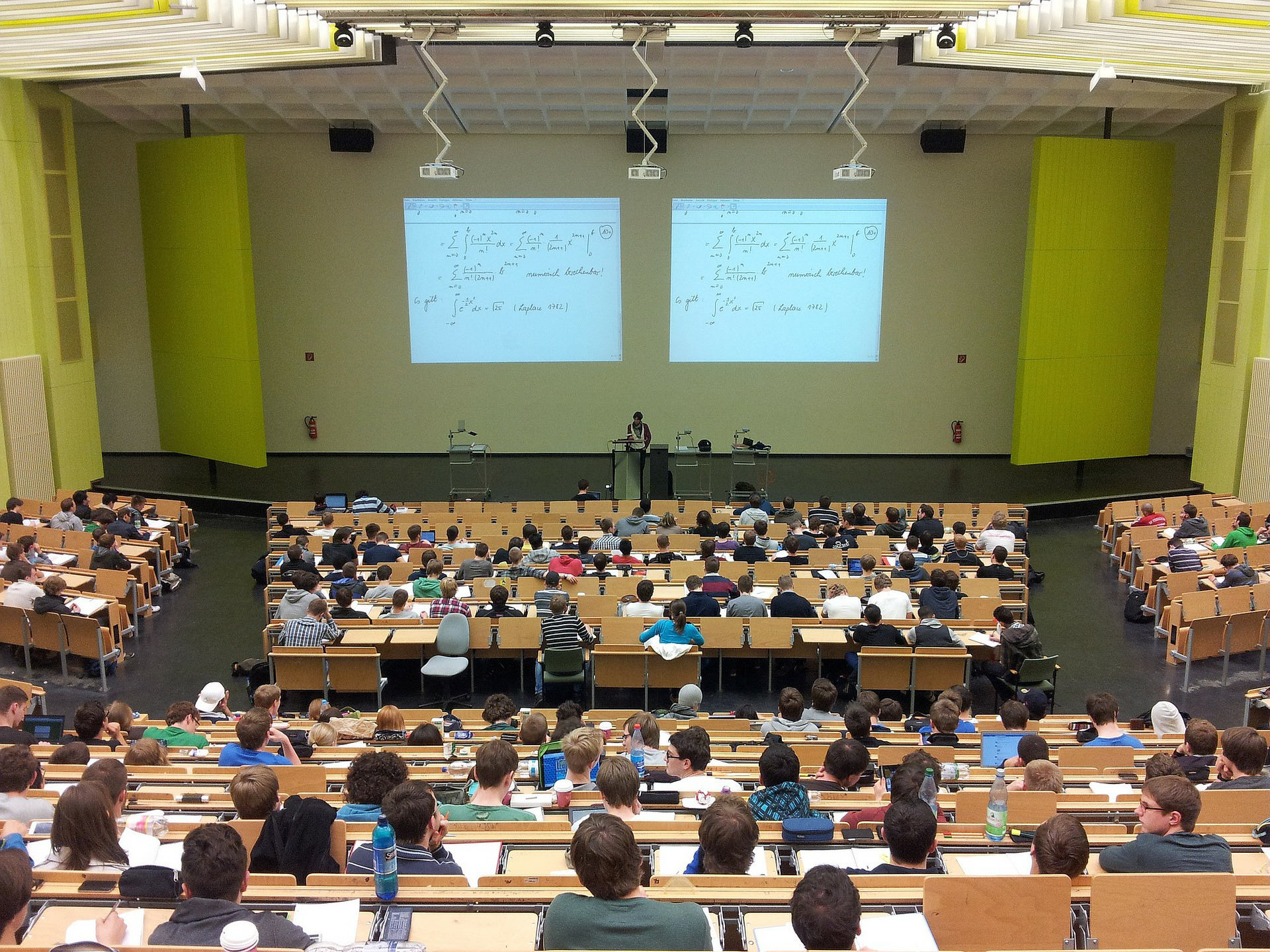 Psychology
Psychology
Can active learning in college classrooms disrupt patterns of under-representation in STEM?
Students from minoritized groups enter college with interest in STEM but leave these majors at high rates, largely due to inequities in STEM classes. Active learning reduces the disparities in exam scores and passing rates observed in traditional STEM classrooms. Thus, changes in course design can be an important tool in promoting equity in STEM.

The single biggest driver of income inequality in the United States is whether or not a person completes a four-year undergraduate degree. This problem is worse in STEM disciplines (Science, Technology, Engineering, and Mathematics). While students from minoritized groups (students from under-represented racial and ethnic groups, and students from low-income backgrounds) enter STEM majors at the same rate as their majority peers, they abandon them at much higher rates. Poor performance, the psychological impact of this performance, and feelings of not belonging are major reasons these students leave.
One critical focal point of student learning and sense of belonging in college is the student experience in a classroom. When most people think of college instruction, they think of how college has been taught for most of the last thousand years: an expert delivering a well-organized lecture – all the better if the topic is one in which the instructor is personally interested so that they can deliver it in a more engaging and potentially entertaining way.
But is this kind of teaching best for student learning and best for promoting a sense of belonging? Active learning – a collection of teaching techniques which require students to work together in class to answer assessment-aligned questions, instead of just listening to the instructor – was shown over decades of research to be better at promoting student learning, particularly in STEM classes. Until now, research has not addressed whether all students benefit equally from active learning.
We sought to measure the impact of active learning on classroom inequities: the difference in performance between minoritized students in STEM and their over-represented peers. Can active learning disrupt inequities, so that all students have equal opportunity for success?
To answer this question, we analyzed the literature that compared the performance of minoritized students to their overrepresented classmates in both active learning and traditional lecturing classrooms. The courses were just as rigorous – we only looked at comparisons where students were taking identical or equivalent exams in the lecture and active learning versions of the same course. In total, our dataset included nearly 55,000 students.
We found that all students do better with active learning, but that students from minoritized groups get a disproportionatebenefit. On average, active learning reduces inequities by 33% on exam scores and by 45% in passing rates. Furthermore, classes in which students spend two thirds or more of the class time actively engaged in the material were the most equitable. Differences in exam scores were 42% smaller in high intensity active learning classes and differences in passing rates were 76% smaller.
What gives students the extra bump? We hypothesize that there are two key elements required to reduce achievement gaps in STEM: first, deliberate practice, with scaffolded exercises designed to address misconceptions, provide immediate feedback, and incorporate repetition; and second, a classroom culture of inclusion in which all students are respected and valued as both learners and people. These elements of "heads and hearts" are likely more common in active learning classrooms, but this hypothesis needs to be rigorously tested.
Disrupting inequities remains one of the biggest problems in higher education classrooms. Breaking from the centuries-long tradition of lecturing and adopting active learning practices is a concrete action that individual instructors can take to address the problem and promote inclusion. Closing gaps with active learning means that more historically underrepresented students pass critically important introductory courses, stay in STEM majors, and as a result more of them can become doctors, dentists, engineers, research scientists, and the world's problem solvers.
Equity? Inclusion? The data say it can happen in college classrooms if we change the way we teach – and instructors can make it can happen right now.
Original Article:
Theobald, E. J. et al. Active learning narrows achievement gaps for underrepresented students in undergraduate science, technology, engineering, and math. Proc. Natl. Acad. Sci. U. S. A. 117, 6476-6483 (2020).
Next read: Are students learning as much as they think they are? The dangers of fluent lectures by Louis Deslauriers , Logan S. McCarty
Edited by:
Dr. Ayala Sela , Associate Editor
We thought you might like
BioBits™: Making Hands-on Biology Experiences Accessible for Everyone
Feb 22, 2019 in Health & Physiology | 3.5 min read by Ally Huang , Jessica Stark , Peter NguyenMore from Psychology
Sharing a political ideology predicts more similar brain activity
Sep 1, 2023 in Psychology | 3.5 min read by Daantje de Bruin , Oriel FeldmanHallHow do people see, simplify, and solve problems?
Aug 25, 2023 in Psychology | 3.5 min read by Mark HoWomen are human too, but not according to the internet
Jul 21, 2023 in Psychology | 4 min read by April BaileyDeaf to arguments? How conspiracy beliefs shape opposition to wind farms
Jun 12, 2023 in Psychology | 3 min read by Kevin WinterCan Training Make Policing Fairer and More Effective?
May 22, 2023 in Psychology | 3 min read by David Weisburd , Cody TelepEditor's picks
Trending now
Popular topics


